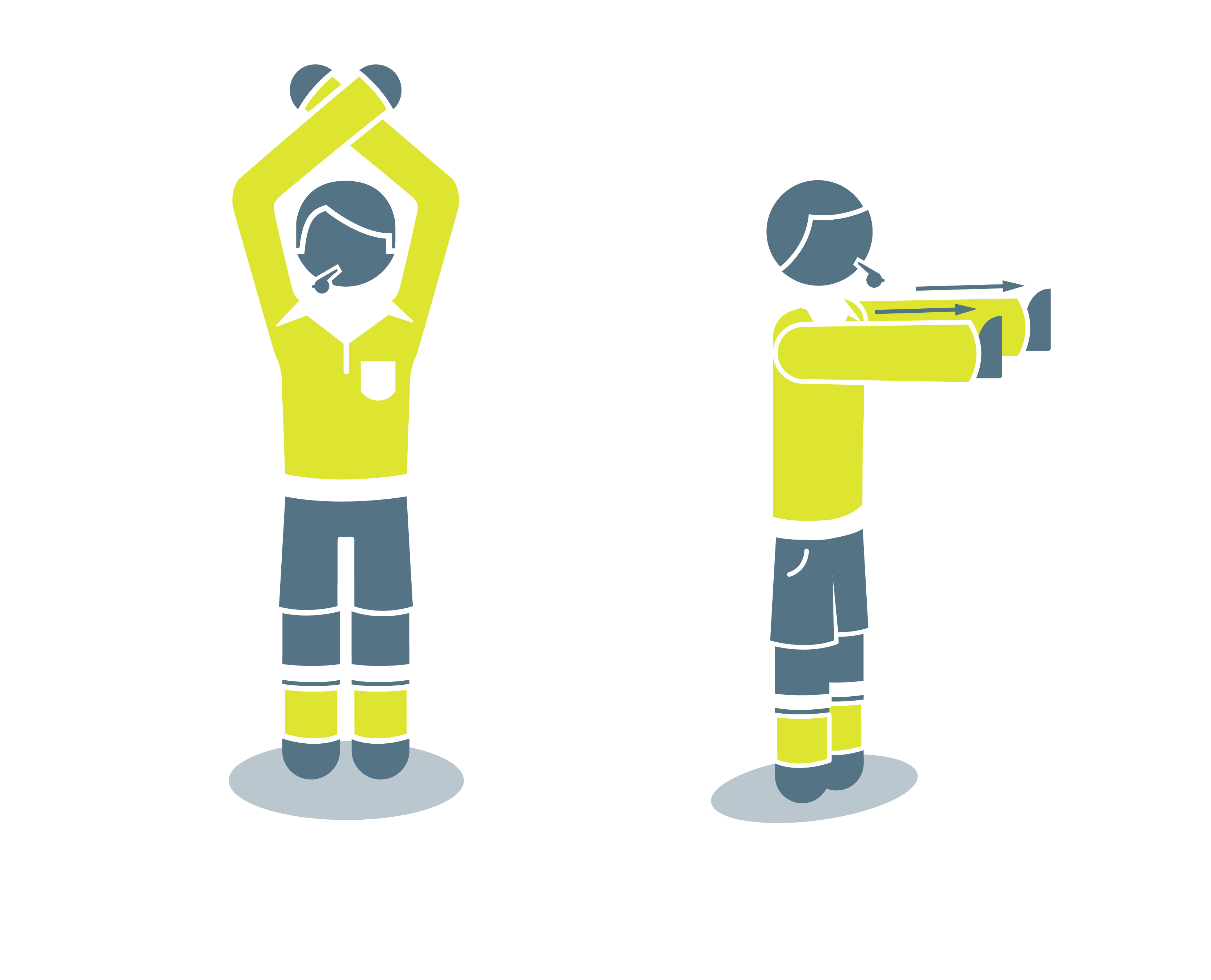Only the captain can approach the refereeOnly the captain can approach the referee
Important update
On 1 March 2025, at its 139th Annual General Meeting, The IFAB has agreed to conclude this trial and approved updated guidelines, which are a combination of the original trial protocol and the guidelines published in July 2024.
These new guidelines will be included into the Laws of the Game 2025/26 for any competitions wishing to apply the principle of only the captain approaching the referee in specific situations.
As with other Law changes, these new guidelines will be effective as from 1 July 2025, but competitions starting before that date may implement these earlier. Competitions which are currently taking part in the trial may continue to use the relevant trial protocol until the end of the current competition.
Background to the trial
Law 5 – The Referee, 2. Decisions of the referee states that:
‘Decisions will be made to the best of the referee’s ability according to the Laws of the Game and the “spirit of the game” and will be based on the opinion of the referee, who has the discretion to take appropriate action within the framework of the Laws of the Game. The decisions of the referee regarding facts connected with play, including whether or not a goal is scored and the result of the match, are final. The decisions of the referee, and all other match officials, must always be respected.’
Despite the expectations underpinning Law 5, decisions by referees and other match officials are regularly subjected to verbal and/or physical dissent and sometimes result in players running at the referee and surrounding or mobbing them. This behaviour shows a lack of respect for the referee, harms the image of the game and can be intimidating and upsetting. It is a common reason given by match officials for resigning. Action is needed to reduce such behaviour and to protect referees.
The emphasis of this protocol is on stopping players physically approaching the referee, as this can be very intimidating, especially when a number of players are involved and get very close to and/or surround the referee.
This intimidation may be prevented by creating a secure and calm zone around the referee which can only be entered by each team’s captain.
Creating a captain-only zone will focus responsibility on the captain to encourage their team-mates to behave appropriately. The captain will be able to approach the referee but must take responsibility for helping ensure that their team-mates respect the captain-only zone.
Trial protocol
The following procedure will apply:
- The referee can initiate the ‘only the captain’ protocol at any stage, but it is most likely to be used following major decisions and to prevent major confrontations
- The referee will blow the whistle and initiate the ‘only the captain’ protocol by using the following new signal:
- Raising both arms above their head and crossing them at the wrists
- Uncrossing their arms and moving them in front of their body with their palms open in a forward pushing motion to indicate that the players must not approach


- Where appropriate, the referee may move away from the players to create the captain-only zone
- The captain-only zone extends for 4 m (4.5 yds) around the referee
- No player is permitted to enter the captain-only zone except each team’s captain, who should wear an identifying armband
- The captain has a degree of responsibility for encouraging team-mates to respect the captain-only zone and remain at least 4 m (4.5 yds) away from the referee
- If one player other than the captain enters the captain-only zone, the offender should be cautioned (YC) for dissent by action
- If more than one player from a team enters the captain-only zone, at least one player must be cautioned (YC) – this will usually be the first unauthorised player to enter the captain-only zone or the player whose approach is most aggressive
- Any incident in which more than one unauthorised player from a team enters the captain-only zone must be reported to the appropriate authorities after the match*
- The captain must approach and interact with the referee in a respectful manner; failure to do so may result in disciplinary action
- After interacting with the captain(s), the referee may decide to delay the restart of play to give the captain(s) time to speak with their players to explain a decision, demand proper conduct etc.
*It is strongly recommended that competition organisers have sanctions in place to deal with situations where more than one player from a team enters the captain-only zone.
Permission, organisation and feedback
This trial is available only to competitions that do not involve teams from the top two domestic levels or senior ‘A’ international teams.
This protocol must be used in its entirety. No variations are allowed, unless approved in writing by The IFAB.
Competition organisers must apply to The IFAB, through their national FA or confederation (whichever is appropriate), for permission to take part in the trial, indicating which competition(s) will be involved. Other information may be requested by The IFAB.
Permission to take part will usually be given by The IFAB, as long as competition organisers complete the necessary undertakings, which will include a requirement to supply feedback and information/data (whenever requested by The IFAB) to allow the evaluation of the trial.
For further details or to apply to take part in the trial, please contact [email protected].
